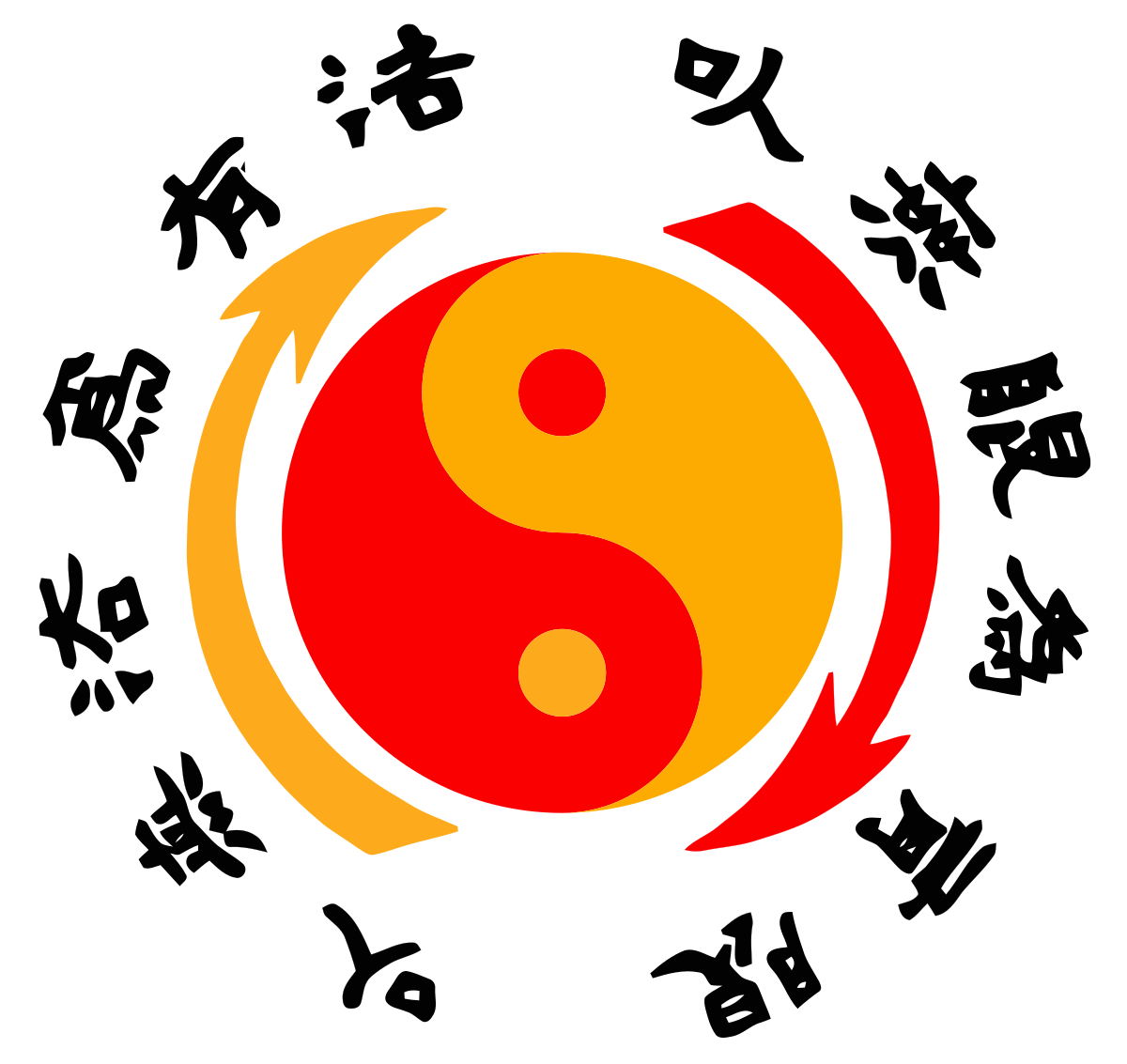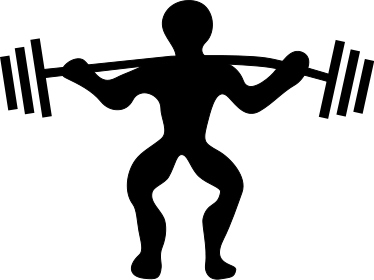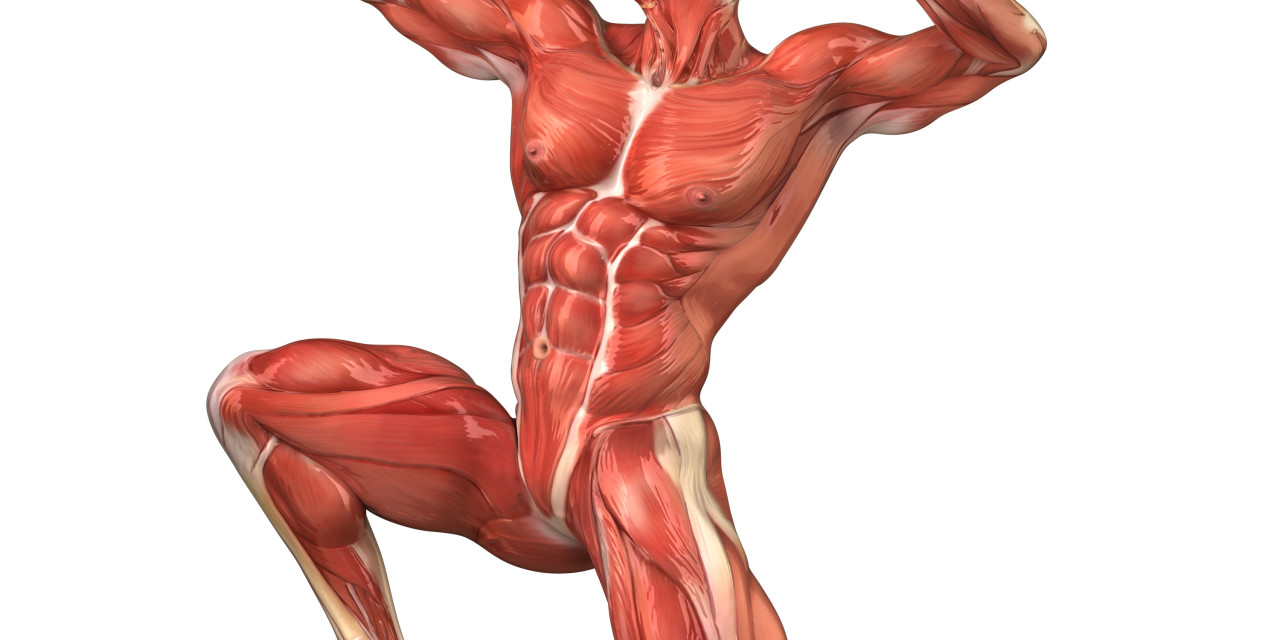The title of this post is JKD. No, I did not mess up the initials JFK because I was rushing and made a typo. The acronym stands for Jeet Kune Do, or in english, the Way of the Intercepting Fist, is a “martial art” created by Bruce Lee. I put martial art in quotations because Jeet Kune Do is more of a martial arts philosophy than an actual martial art.
The philosophy involves combining multiple displaces to form something greater than the sum of its parts. It differs from Mixed Martial Arts in that MMA takes entire arts (a standup and ground art) whereas JKD takes pieces of different stand up martial arts—though a ground one could certainly join in accordance with the philosophy.

So what exactly is the philosophy? On the Jeet Kune Do emblem are Chinese characters that translate into, “Using no way as way” and “Having no limitation as limitation.” First grade stuff Spongebob. Having no one focused martial art opens up an individual to take in many. The goal should be to not limit yourself to the confines and teaching of one master, or one style. Opening up the mind to multiple possibilities as opposed to a rigid philosophy in turn frees up the body to do different things.
For Bruce Lee, his JKD consisted mainly of Wing Chun, Karate, Taekwondo, Muay Thai, Fencing, and boxing. Bruce Lee, most notably, trained under Ip Mann to learn Wing Chun, and learned the others from different teaches. Karate is what made him famous, and a member of Bruce Lee’s family was an Olympic fencer. Up to the end of his Bruce Lee worked on perfecting his JKD. He took the best parts of each art he knew and studied. He did not simply mash and stack things together.

I was first introduced to Jeet Kune Do at my dojo at home. My sensei used the same JKD system that Bruce Lee developed as a base from which to teach his students from. However, he encouraged exploration to develop our own system, our own JKD. We practiced basic Wing Chun traps and sensitivity—the bigger emphasis was placed on Wing Chun—Muay Thai Thai Kicks, Head movement from boxing and Muay Thai, side kicks, elbows, knees, eye jabs, groin attacks, and a plethora of other things. It is a whole bunch of fun. My prior experience fencing, and the little bit of boxing I knew helped me a lot with the learning. The fencing was most helpful because the stance was the same, minus the hand position, and my foot work was already down pat. My style of fencing is also heavily influenced by Wing Chun, so a lot of the concepts were already very familiar to me. I just had to learn the moves and the less familiar chaining of those lives together in a coherent strategy.

Jeet Kune Do May sound complicated, but once you understand the concept of it, and the concepts of the pieces you add to it, it seems so simple. It is a very effective system that I highly encourage everyone to try out. If you want to know more, Bruce Lee’s book Tao Jeet Kune Do outlines everything in his own words.


